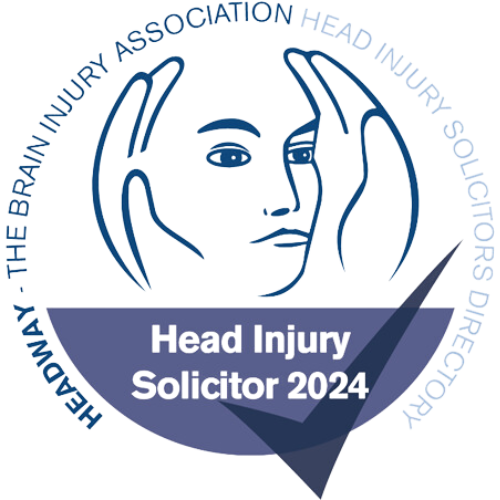Start your FREE Enquiry
How To Avoid Workplace Incidents?
If you’re running your own business it is your legal duty to keep your staff safe. Workplace accidents cost businesses hundreds of thousands per year in terms of sickness pay, lost productivity and in arising personal injury claims.
What can cause an accident at work?
There are a number of different scenarios that can cause an accident or injury in the workplace. According to the HSE an accident at work is ‘an event that results in injury or ill health’. The most common ways in which employees are injured include:
- Slips, trips and falls
- Falls from height
- Manual handling injuries
- Machinery/equipment injuries
In this guide we reveal how to reduce accidents in the workplace.
1. Conduct risk assessments
Regular risk assessments should take place to check for any possible physical, mental, chemical and biological hazards. Examples of hazards include:
- Physical: Slips and trips, heavy lifting, noise, dust, operating machinery, working at a stationary computer for an extended number of hours, or work that involves repetitive tasks.
- Mental: Working long hours or having a heavy workload can cause employees to burnout and stress.
- Chemical: such as asbestos dust and fibres, cleaning agents, paints, petroleum, pesticides etc.
- Biological: These hazards are more likely to affect healthcare workers and include exposure to infectious diseases such as TB and hepatitis.
After identifying what risks may be present in your work environment it is important to work out who in the organisation is at risk and how. Action should then be taken to reduce and if possible eliminate risk by implementing safe working practices and procedures. Risk assessments should then be updated and reviewed on a regular basis.
2. Maintain and inspect machinery
Ensure that machinery is regularly inspected and maintained, this will help to protect your staff from injuries caused through malfunctions, and to also keep up with efficiencies.
3. Provide regular and up to date training
No employee should be left to do their job without the proper training, especially when this involves operating machinery. Provide regular and up to date training so that staff can safely do their jobs. Ensure that your team is carrying out tasks as trained and not taking shortcuts which could lead to an accident or near miss.
4. Provide appropriate PPE
Provide your staff with the appropriate Personal Protective Equipment (PPE) for them to be able to carry out their job safely. This can include items such as:
- Safety glasses
- Hard hats
- Steel capped boots
- Gloves and other types of protective clothing.
5. Keep work spaces clean
Loose wires, piles of documents on the floor, spillages and general clutter can increase the likelihood of accidents such as slips, trips and falls in the workplace.
It is best practice to keep work environments clean and tidy, no matter if this is an office or warehouse. Instruct staff to keep items such as coats and bags either hung up or tucked away under desks, to avoid tripping hazards. Use cable ties to ensure wires aren’t trailing over walkways and ensure that spillages are cleaned up and ‘wet floor’ signs are displayed straight away.
6. Display signage
Appropriate signage should be displayed in the workplace to warn of any hazards such as:
• Wet floor signs
• Trip hazard
• Head/ear/eye/foot/hand protection must be worn
• Flammable materials etc.
7. Report accidents and near misses
All accidents or near misses should be reported in the company accident book. This will help you to identify the risk and work out what needs to be done to stop other incidents of the same nature happening in the future.
According to the Health and Safety Executive it allows businesses to comply with the legal requirements set under social security and health and safety legislation, including Reporting of Injuries, Diseases and Dangerous Occurrences Regulations (RIDDOR) requirements.
Read our article on the importance of reporting an accident at work to find out more about RIDDOR legislation.




